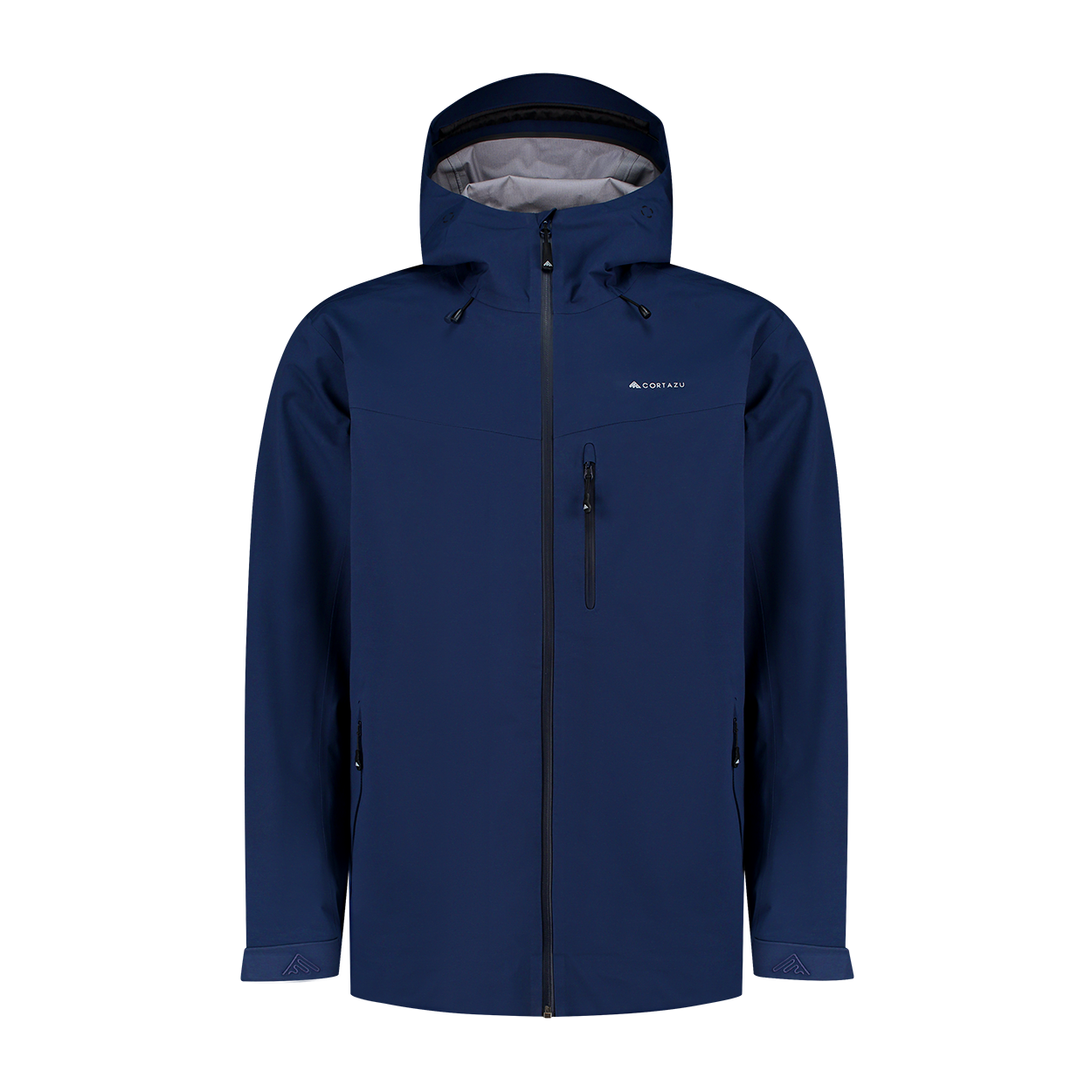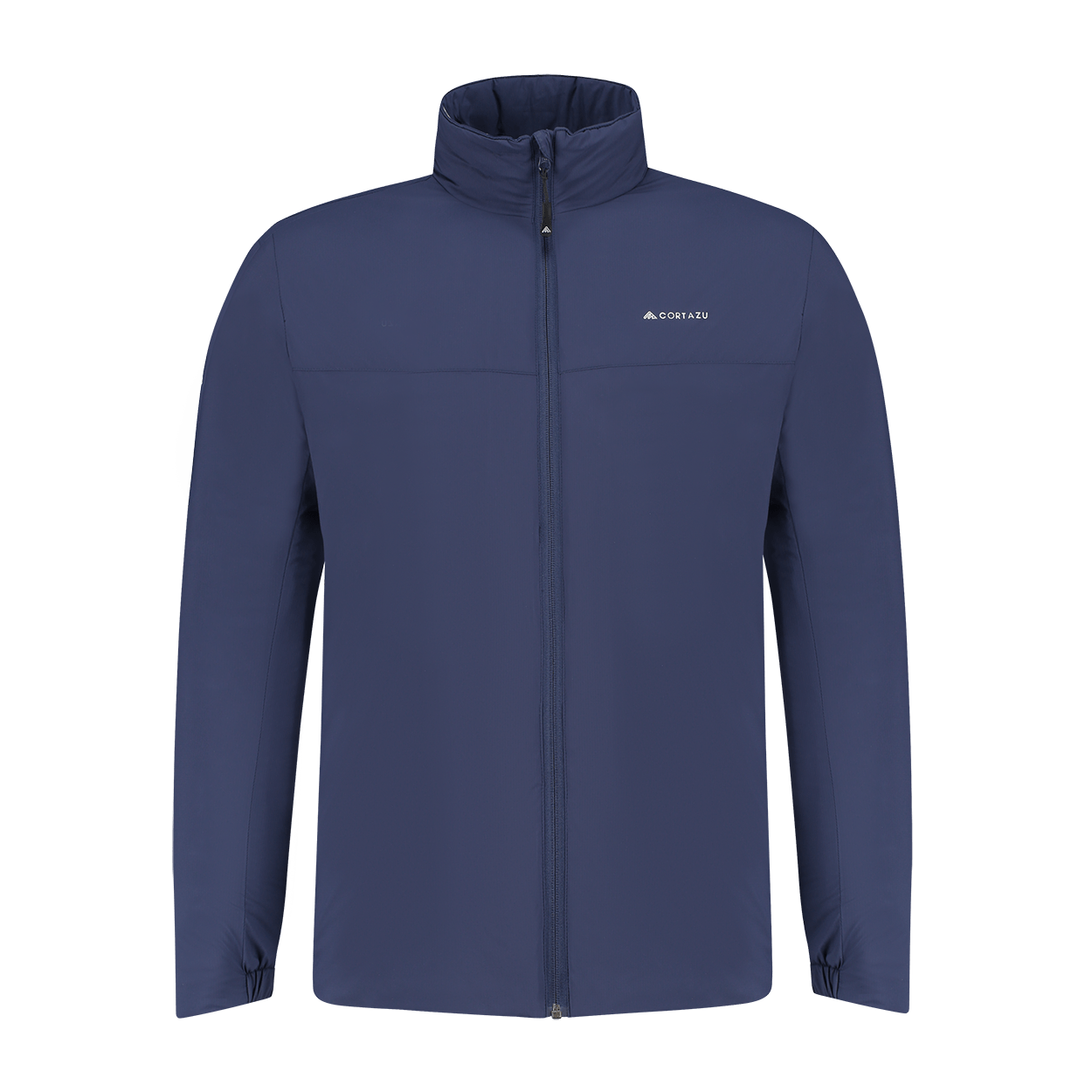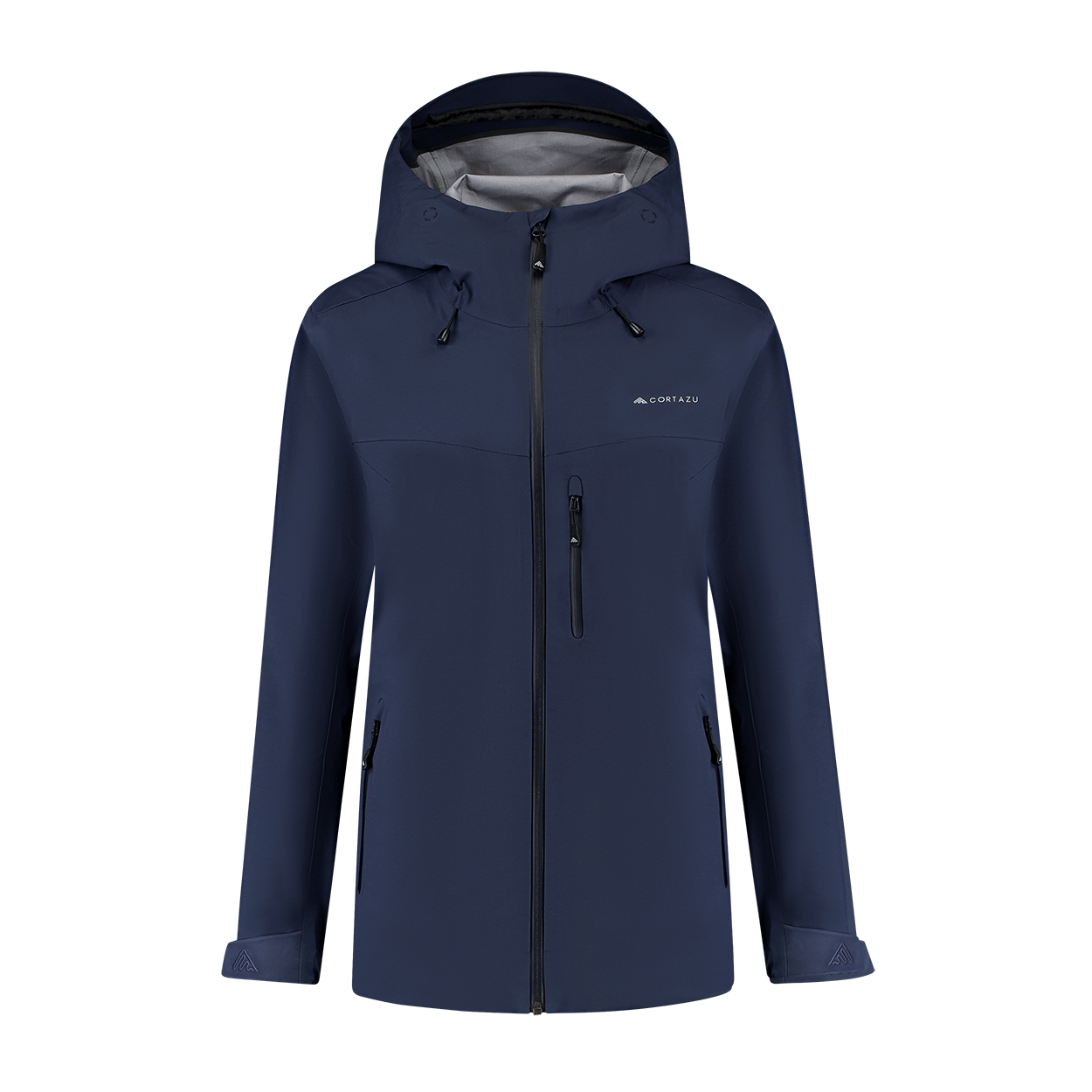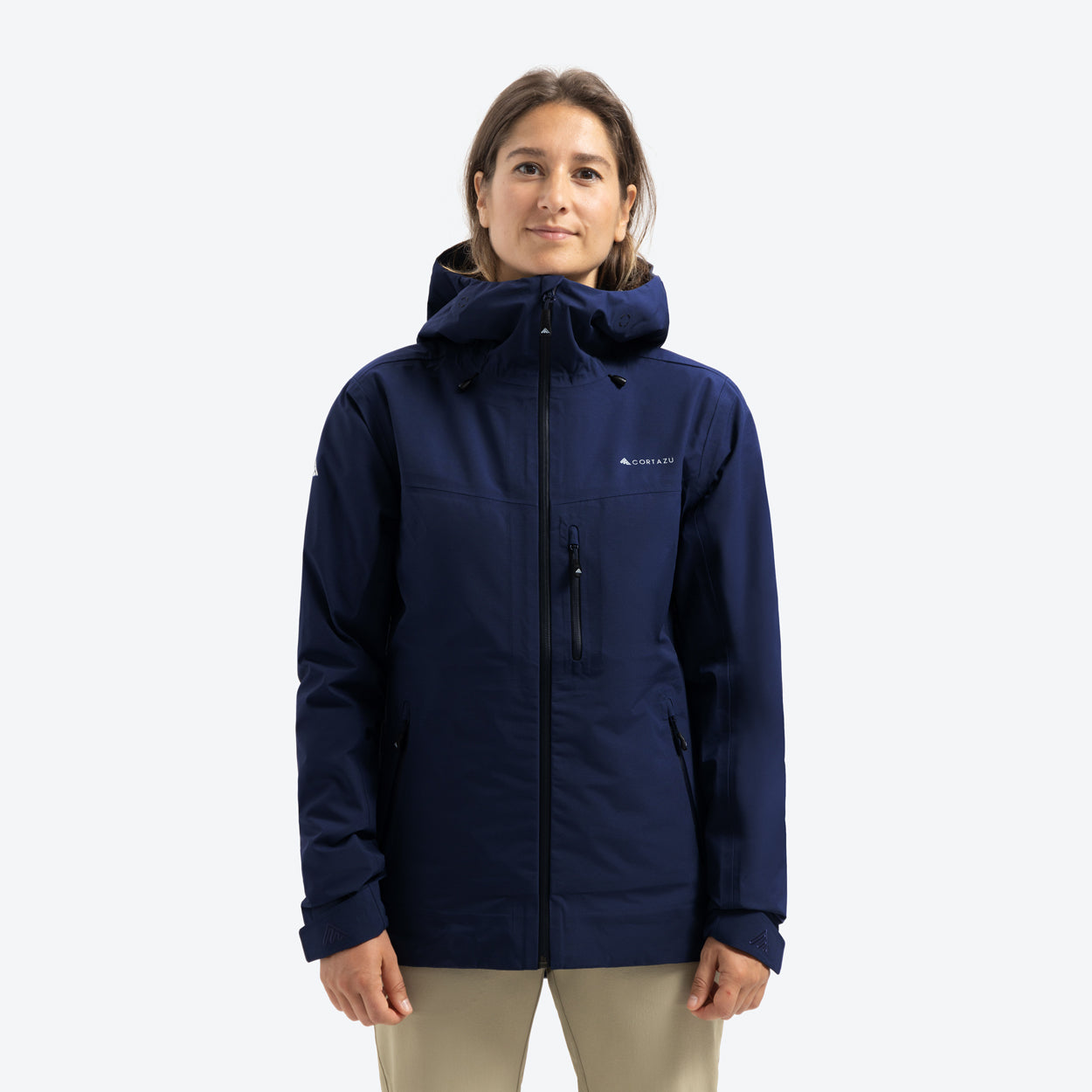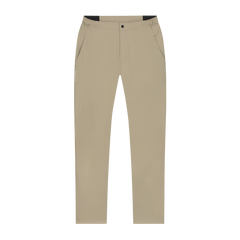Physical activities involve an increased load on all body systems. An ordinary jacket will not protect your body from all the adversities. Rather, it would restrict movement and, due to the greater weight could lead to fatigue. In order to prevent any undesirable consequences, it is important to think about which ski jacket to pick. Whether you are a recreational skier, beginner or professional, you should choose a jacket that will make your ski experience more comfortable and pleasant.
Choose the right type of ski jacket
The type of ski jacket is the first thing to consider. Insulated jackets, 3-in-1 jackets, hard shells, and soft shells are some of the most common types of jackets. The soft shells are light and breathable and are suitable for mild weather. Meanwhile, the other jackets are perfect for severe weather conditions. Cortazu offers men's ski jackets and women's ski jackets to keep you warm and comfortable whilst skiing.

Insulated jackets for skiing
For a good number of resort skiers, an insulated jacket is the most convenient variant. This one-piece jacket is comfy and keeps you warm in cold and wet conditions. The most common fabric used for insulated jackets is synthetic and down. The advantage of the synthetic fibre is its affordability and continuous isolation even when wet. Occasionally, down jackets will also have synthetic isolation in some areas. This is because when down gets wet, it won’t keep you warm. However, you can still ski in a down jacket as it offers a better weight to warmth ratio.

3-in-1 jackets
The 3-in-1 jacket, which includes an outer shell with a zip-in insulating layer in a single package, is also a popular choice. The main benefit is the value you get for one jacket: you receive waterproof protection, sufficient warmth and the ability to wear the separate jackets as an everyday garment. The budget-conscious jackets, however, aren't outstanding in terms of fit and there's a significant increase in weight and bulk. On the other hand, the all-in-one solution simplifies the jacket purchasing process, provides excellent versatility, and is a cost-effective option.
Hard shell jackets for winter sports
Hard shell jackets are uninsulated ski jackets that are generally thin and light. They are divided into two categories: resort hardshells with durable structures and a wide fit, and technical backcountry hardshells that are compact and packable. Both versions offer excellent weather protection and can be worn in a variety of conditions. Since they are not insulated, you won't overheat on hot days, and you can layer heavily underneath in the winter. Shells are less appealing for casual skiers who want a cozy set-up due to their lack of insulation. They are, nonetheless, versatile and a popular choice among serious riders.

Soft shell jackets
Softshell jackets are the least commonly used jackets, but they can still be used in locations with dry snow. Their lack of waterproofness eliminates them from consideration in severe weather or at the resort, but removing the waterproof covering improves breathability and mobility significantly. Softshells are ideal secondary coats for light weather or spring trips.

Consider the features of the jacket
Make sure a ski jacket has all of the technical features you need before purchasing it. Level of waterproofness, durability, number of layers, and breathability are among the most important characteristics to be considered. After all, you'll be wearing it in some extreme conditions, and you don't want to be taken by surprise in the middle of a blizzard.
Waterproofness
Ski clothing can come in many levels of waterproofness, making different clothing more suitable in different conditions. The waterproof rating is normally stated in mm, which is a measure of the pressure at which water will start to pass through the fabric.
5,000mm: This is the bare minimum for a rainproof jacket, but it won't be able to withstand much more than a light rainfall.
10,000mm – 15,000mm: A jacket in this range will endure most rainfalls and heavy snow, but if put under pressure, such as crashing in wet snow or carrying a big backpack, it will soak through over time.
20,000mm and up: If you plan on being in extremely cold weather conditions, carrying a heavy load, this is the range to go for.
Durability
Getting on and off the lift, as well as skiing through trees and rocks, may all cause problems with your gear. To withstand this, ski jackets are usually quite durable. The fabric's thickness is measured in denier, or "D." The higher the number, the more durable the jacket is. The golden mean is usually a 70D jacket. You get comfort and mobility while still having a stiff and durable enough jacket.
Amount of layers
When shopping for a ski jacket, you'll notice fabric layers labelled "2L" or "3L." These refer to the construction of your jacket. A 2-layer construction combines an outer fabric with a waterproof membrane with a separate hanging liner along the interior. In comparison, the 3-layer construction combines three pieces together which are the face cloth, the membrane, and a smooth fabric liner which are all connected together.
Each one has a certain purpose. 2L jackets are good for casual wear as well, that's why they're so popular. 3L jackets, on the other hand, are more technical in nature such as the shell jackets for men and women from Cortazu.
Breathability
Breathability is the level of vapour permeability. The membrane is a type of fabric that, due to its structure, has water-repellent and windproof properties, and also allows water vapour to pass through itself. If you get wet you will get cold and uncomfortable very easily, so it is important not to get wet from the inside as well.
Breathable membranes let water vapour through, but not water droplets. This means your sweat can escape, without snow or water getting in. The first (g) is water, and the second (m²) is air.
5000 – 10000 g/ m² is optimal for resort skiing or urban travel.
10000 - 15000 g/ m² - for hiking in the mountains, withstands heavy rainfall.
15000 - 20000 g/ m² - for serious physical exertion and long hikes in especially cold corners of the Earth, you cannot get wet under any circumstances.
Practical features
Some additional technical features to make your skiing experience more pleasant include the following: diverse pockets, helmet-compatible hood, armpit zippers, google wipers, and powder skirts.

Pockets
There are a surprising number of things you might need to keep in your ski jacket: from a ski pass and card pocket to a mobile phone and keys. If you plan to leave most of your belongings at the lodge you can opt for a rather simple set-up. However, if you carry them with you, it's better to have five or more pockets of various sizes in a jacket.
Taped seams
The jacket’s waterproof protection is improved by taping seams. When worn in rainy weather, needle stitching leaves small holes in the garment through which water can seep through; however, taped seams prevent this.
Armpit zippers for ventilation
When wearing ski jackets, they're designed to help you vent extra body heat so you don't sweat as much. Because your arms and shoulders shield them from rain, pit zips are placed under your armpits.

Helmet-compatible hood
Hoods give an extra layer of protection around the head and neck in bad weather, and the majority of models on the market are quite flexible and large enough to fit over a ski helmet.
Goggle wiper
Your sunglasses or ski goggles may be covered in snow after a collision or during a strong snowfall. You'll start by wiping the snow off your gloves, but you'll never get them completely clean. Your goggle wipe or glasses cleaner should be made of a soft cloth that absorbs and eliminates snow and moisture from inside your goggle pocket.

Powder Skirt
Powder skirts are attached to the jacket near the waist and can be buttoned up to keep snow from sneaking up on you in a crash or deep snow. Powder skirts are usually included with jackets, but they aren't required.
Weight
The weight and bulk of a jacket are proportional to its type and price. Softshell jackets are the most lightweight, insulated coats are heavier and the 3-in-1s are the heaviest and bulkiest. Increasing your budget will almost always get you more advanced fabrics that are lighter and thinner but no less protective, which is one of the main factors that makes a jacket good.
How to pick the right size ski jacket
Another question you might ask yourself is “What size ski jacket do I need?” Most resort-specific designs have a roomy shape that allows for layering and a long cut for protection. Others are trimmed to reduce bulk and increase the room for movement. Another choice falls somewhere in the middle: it's roomy enough to feel unrestricted when wearing a midweight down jacket while yet providing outstanding mobility for trekking and other activities. Another consideration is whether or not a jacket is insulated; those that aren't designed larger to permit additional layers underneath

